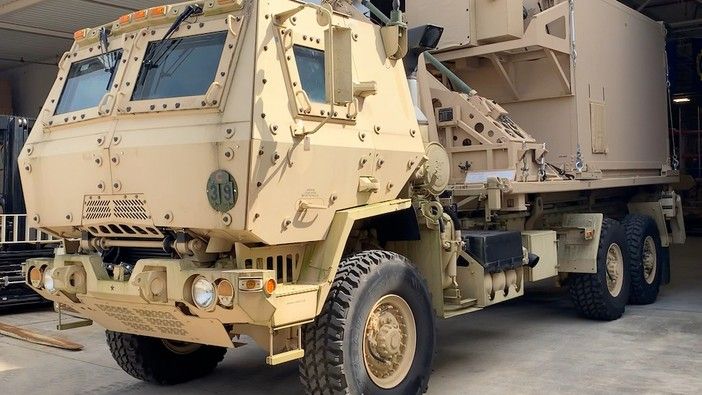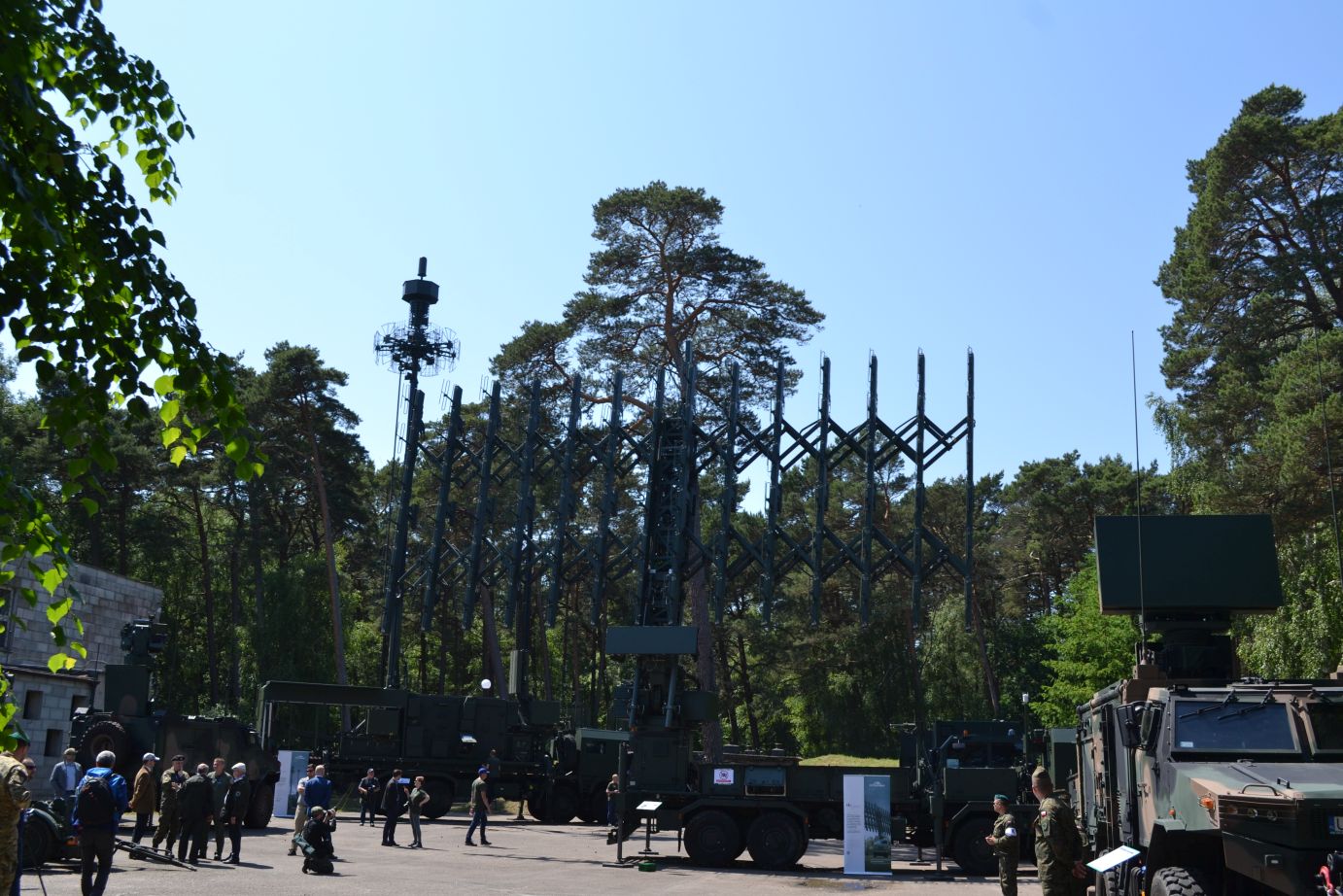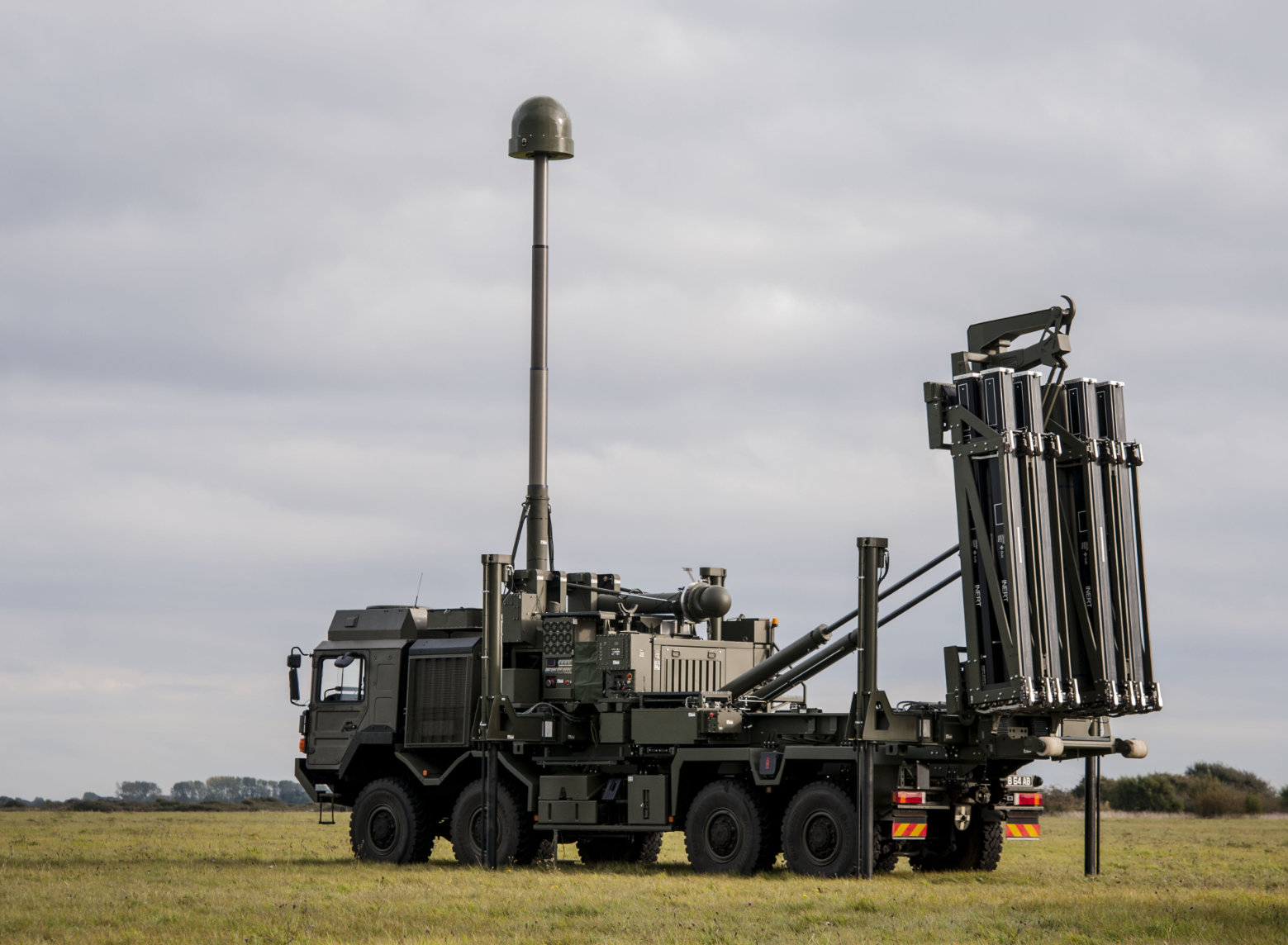Armed Forces
IBCS May Integrate Multiple Layers of the Air Defence

As you might expect, IBCS is the central component of our proposed phase 2 program (Wisła Medium Range Air Defence System - ed.) - as Tony Housh, Northrop Grumman Mission Systems Director for the Poland, Central Europe and the Baltic States told Defence24.pl in an interview. Tony Housh also spoke about the possibilities of integration of various layers of the air defence system, as well as about the integration of Polish radars and CAMM missile that is being proposed for the Narew SHORAD project, with IBCS.
Jakub Palowski: It has been more than a year since the contract for the 1st phase of Wisła was signed. We have witnessed singing the FMS contracts for the system components, including IBCS, but the Offset Execution Agreements have not been signed yet. How would you comment on that?
Tony Housh, Northrop Grumman Mission Systems Director for the Poland, Central Europe and the Baltic States: We are continuing to work closely with the Ministry of National Defense, PGZ, and Raytheon toward closing on the WISŁA Offset Execution agreements. We understand their importance and are committed to closing on them at the earliest possible date.
In Poland there are discussions regarding the 2nd phase of Wisła: what is its scope, how could it be deployed, what could be its schedule and cost. What is the status of discussions regarding the 2nd phase of Wisła, on your side? And what are major elements of Northrop Grumman offer for the 2nd phase?
The Polish Ministry of the National Defence (MoND) and US government are working together to determine the scope, schedule and cost for the WISŁA phase 2 efforts. We are supporting those efforts as requested by the US government. As you might expect, IBCS is the central component of our proposed phase 2 program. With its net-centric, Modular Open Systems Approach (MOSA), IBCS is uniquely designed and capable to integrate the total systems architecture Poland requires to modernize its Medium, Short, and Very Short Range Air and Missile Defense forces.
The IBCS network architecture is tailorable and extensible and so through its acquisition, Poland is acquiring not just an IAMD C2 system, but a foundational capability for enabling integration across the multiple domains of land, air, space, sea, and cyber.
The 2nd phase should, according to earlier plans, include some of the Polish sensors (early warning radars): passive PCL-PET and active P-18PL. What is the status of the efforts to integrate those radars? Did you already engage the Polish industry to facilitate the integration?
The IBCS network and open systems architecture provides the capability to integrate Polish sensors toward creating a highly accurate, common operating picture at echelons across the battlefield. PCL-PET and P-18PL have been discussed by the US government and MoND as candidate sensors for integration with IBCS. Accordingly, Northrop Grumman and PGZ have participated in some of those discussions. We have also had several discussion with PGZ concerning the integration.

Do you consider to integrate any other Polish sensors to IBCS, such as the light mobile Bystra radar or the Sajna radar for the Narew system?
The Polish MoND and the US government have discussed the integration of BYSTRA and SAJNA into IBCS. The two governments will decide if that becomes a future requirement for IBCS.
When we are speaking of the Narew system, what is the Northrop Grumman offer for Narew? According to the Polish MoD Narew is to support Wisła as a SHORAD, and at the same time it should the mobile land forces formations? What role do you see for IBCS in Narew?
IBCS was developed to provide command and control (C2) for all US Army air and missile defense systems to maximize the combat potential of sensors and weapon systems. A common, modernized C2 increases soldier effectiveness and lowers the cost for training and logistics. IBCS offers warfighters, commanders and acquisition officials significant flexibility and affordability to adapt to the complex challenges of the evolving threat and multi-domain operations.
Our hope is the Polish MoND will request IBCS for the Polish air and missile defense command and control capability for SHORAD and V-SHORAD (Very Short Range Air Defense).
Narew SHORAD is planned to be built with a substantial Polish industry participation, the share of the national industry is planned to be much larger than in case of Wisła. Is that possible? How would you like to ensure that if IBCS is used as a C2 for Narew?
Yes, that is possible for NAREW and for WISŁA Phase 2. The non-proprietary and modular, open systems design of IBCS offers significant opportunities for Polish participation. The Polish MoND and US government have discussed the possibility and potential way ahead for Polish Industry to have a substantial part of the WISŁA Phase 2 efforts.
A few months ago we have learned that CAMM has been integrated with IBCS. What are benefits of such an integration? What is the way the system can be integrated – is it similar to the way Patriot is integrated, or any way different?
MBDA and Northrop Grumman have collaboratively invested and completed prototype integration of MBDA’s CAMM missile with IBCS. Should Poland decide to acquire IBCS with CAMM for NAREW, the work performed by MBDA and Northrop Grumman substantially reduces technical integration and schedule risk, and therefore the cost to Poland for the acquisition of NAREW.
The IBCS MOSA architecture implements a Plug and Fight kit which enables sensor and effector integration at the edge of the IBCS network. Our CAMM integration approach builds on our development experience with integrating PATRIOT launchers/missiles, and radars on the IBCS network.

Do you see an interest of the international customers regarding the IBCS, and in particularly IBCS-enabled SHORAD systems? Could you reveal any country except for Poland, that you are offering IBCS-enabled Patriot and / or CAMM?
With the acquisition of IBCS for Poland’s WISŁA program, we are seeing significant interest in IBCS from government and industry in international markets. The responses to requests for information and demonstrations are closely coordinated and subject to approval by the U.S. Army’s IAMD Program Office.
Recently as Poland has accelerated the procurement of new generation multi-role fighter, F-35, there are concerns related to the costs of Wisła and other projects. How can using an integrated air defence allow to save some costs, increase efficiency?
We would view the acquisition of the F-35 and IBCS as synergistic. Militaries around the world have come to recognize the future of modern warfare will encompass conducting military operations across multiple domains. Net-centric, MOSA architectures like IBCS, represent the future in terms of their ability to integrate C2 networks across those domains. The concepts for this level of integration exist today and will improve lethality and survivability of systems and platforms that are integrated across networks.

To what extent could F-35, and IBCS-enabled Wisła and Narew work together? Do you plan to establish or enhance cooperation between the ground and the air systems, using IBCS?
As previously described, the future of modern warfare is multi-domain with a reliance on network enabled command and control systems like IBCS that provide the capability to integrate C2, sensors, and effectors across domains.
Would it be technically possible, using IBCS, to establish and deploy a combined Wisła-Narew Air Defence Battalion? That is instead of 2 Medium Range batteries (like in the Wisła 1st phase), deploy one Medium Range and one SHORAD battery within a similar command structure, to limit the costs?
Yes, the MoND can achieve this outcome should it acquire IBCS for NAREW. IBCS was designed to be tailorable and enable the employment of air and missile defense task forces organized for a specific mission or to defeat various threats. Through its acquisition, IBCS will enable Integrated Fire Control (IFC) of medium and short range air defense sensors and effectors operating on a single IFC network.
IBCS is uniquely capable in this regard. Should a C2 system other than IBCS be selected for NAREW, than two networks will be established and the ability to enable this true level of IFC will not be technically achievable. As such, the investment that the MoND has made in IBCS for WISŁA will not be fully optimized.
Thank you for the conversation.
